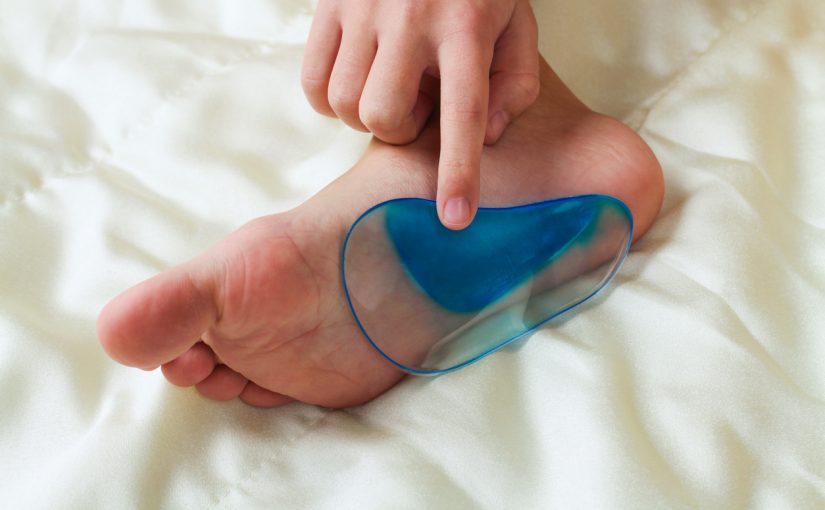You may not think about which foot arch type you have, but it can be beneficial in many situations. If you are buying shoes, especially athletic shoes, that you will be active in, it can be helpful to know what kind of support you need. Additionally, if you have any issues related to your ankles, knees, or even your hips and back, it could be related to issues with your arch.
There are 26 bones in your foot that consist of eight different types of bones. You have tarsals, metatarsals, phalanges, cuneiforms, talus, navicular, and cuboid bones that all make up the bones in your feet. With so many bones, there will inevitably be different foot structures.
Determine Your Foot Arch Type
While a podiatrist can easily determine your arch type, you can also try and figure it out at home. This is not a proven scientific method, so you should follow up with a podiatrist, but this method can help you understand more about your foot and the type of arch you have. You’ll need water and cardboard to determine your arch type. Begin by dipping your foot in water and then stepping on a piece of cardboard. Look at what is left, and you will be able to determine which arch type you have. Take a quick photo before it dries so you can get a full analysis after reading the information below.
Foot Arch Types
There are three types of foot arches, including normal, flat, and high. Examine the photo you took from the arch print and determine which arch you have.
Normal Arch:
If the middle part of your arch is about half-filled up, this means you have what is considered a “normal” arch. Your arch can naturally support your body weight, and you likely don’t have issues with your foot rolling in (pronating) as it can hold your body weight well. When you search for footwear, look for shoes with firm midsoles, moderate rear-foot stability, and straight to semi-curved “lasts.” “Lasts” refer to the shape of the sole and footprint around the area where the shoe is built.
Flat Arch:
A flat arch means that it is lower than normal to the ground. If your footprint looks like a complete foot, then you have a flat arch. Unlike normal arches, your foot likely rolls in when you walk or run, which can put extra pressure on your ankles, knees, hips, and back. When you search for footwear, look for shoes with a straight last (again, the shape of the sole and footprint around the area where the shoe is built) and motion control to help keep your feet stable when you move.
High Arch:
A high arch means that it is higher than normal to the ground. If your footprint is minimal and you don’t see much on the print, you likely have high arches. High arches are problematic because they can put excessive strain on your joints and muscles. Your feet are likely unable to absorb shock well, which can place a lot of stress on your body. When you search for footwear, look for cushioning to compensate for the lack of arch.
If you are having issues with your feet, are concerned about your arches, or have no idea where to being when it comes to footwear, it may be time to talk with a podiatrist. A podiatrist is a medical doctor that specializes in issues with your feet and ankles. Instead of relying on the home test above, it is likely worth your time to get a consultation to figure out your foot arch type. This is especially true if you are overweight or participate in a considerable amount of physical activity. Both can put extra pressure on your feet.
Dr. Jamfeet in Los Angeles
If you have concerns about your feet and think it may be an issue with your arches, contact Dr. Jamshidinia at Jamfeet. He is a board-certified podiatrist in Los Angeles, and is trained in all areas of foot and ankle surgery and treatment. Dr. Jamshidnia and his team believe in comprehensive patient care and are focused on getting you back to full health. Contact Jamfeet today for an appointment!


